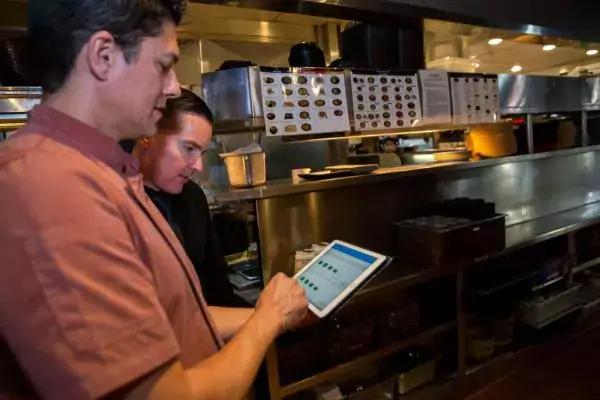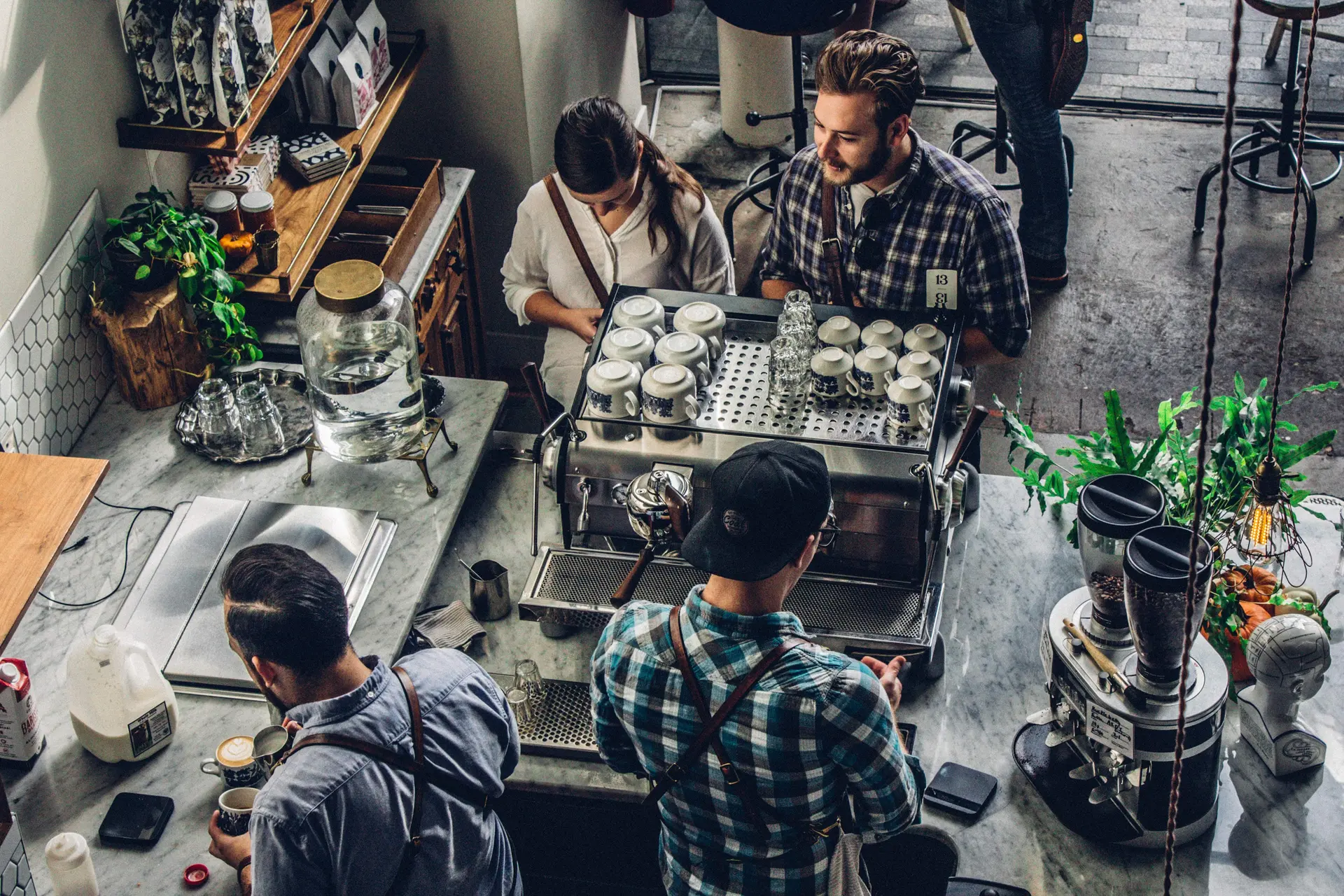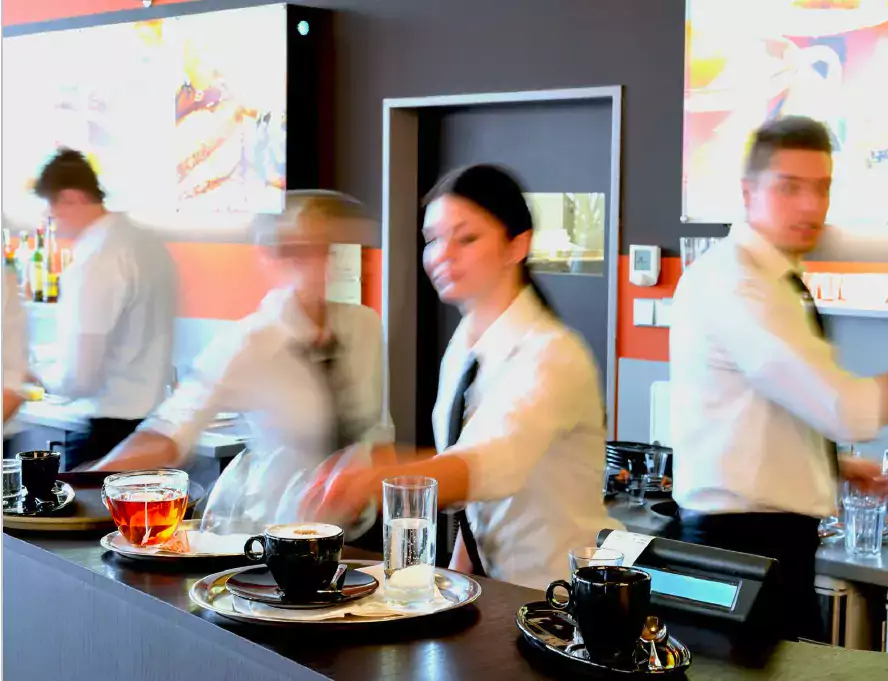Each year, more retailers are learning that everything is, in fact, better with Bluetooth Smart technology. Bluetooth is defined as a wireless communications system intended to replace the cables connecting many types of devices. It’s amazing that the Bluetooth movement, which began in 1998 as a special interest group with just five companies, is now poised to have a very big impact on the entire retail industry.
Now when you walk into Coupa Caféin Palo Alto, Calif., you have the option of ordering and paying with your iOS device thanks to a small box sitting on your table. Coupa Café’s payment solution was developed by Downtown, a tech startup that uses those small boxes, better known as iBeacons, to allow customers to order and pay for their meals with their smartphones.
Bluetooth wasn’t just designed to make the process of ordering a latte smoother, however. The technology has much broader potential.
Three New Ways to Use Bluetooth
1. Temperature Monitoring and Control
Bluetooth temperature sensors can now be placed anywhere you need to log the temperature, including restaurants, shipment containers and HVAC ducts. Sensors can also be used to track temperature at the time of pickup, en route and by delivery, and on industrial equipment to monitor machine conditions.
2. Tracking In-store Staff Levels
Managers can equip staff with what’s called a Bluetooth “fob.” All fobs will signal their distance in real time to small BLE (Bluetooth low energy) hub receivers placed around the store. Managers can now track staffing levels in real time, and can pinpoint where staff members are spending most of their time in stores. This extra layer of “visibility” is achieved without recording employees, and can help managers improve efficiency and productivity.
3. Tagging Shopping Carts or Baskets
Similar to using a heat map, store managers can use Bluetooth technology to know which areas of their stores are being visited most by customers. Tags are placed discreetly on the bottom of shopping carts and baskets to track movement within the store. This information can help maximize the entire retail space and managers can direct employees to these areas to improve customer service. In foodservice operations, seeing how customers move throughout the store – and at what times – can also help with dayparting.
It’s not too premature to get on the beacon bandwagon. According to a report by Computerworld, retailers are adopting Bluetooth technology at a rapid rate. However, they must be careful not to overuse it as a marketing tool by bombarding customers with messages.
"We will come to a time when there are too many irrelevant messages firing at consumers," Puneet Mehta, CEO of Mobile ROI, told the magazine. "In 2015, brands have to not only adopt beacons into their stores, but must clearly articulate the benefit consumers will get for...beacon communication."
For this reason, it may be wise for retailers to use beacons in a data collection capacity first, and then explore options for using the devices to promote brands.
Subscribe to our blog
You are now subscribed!


